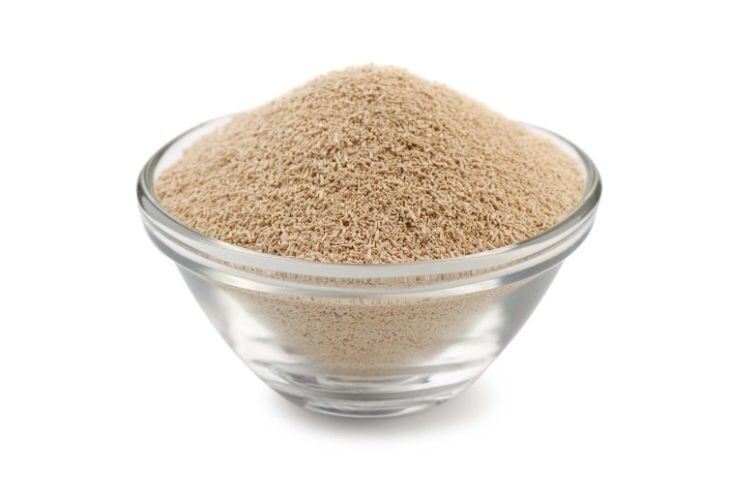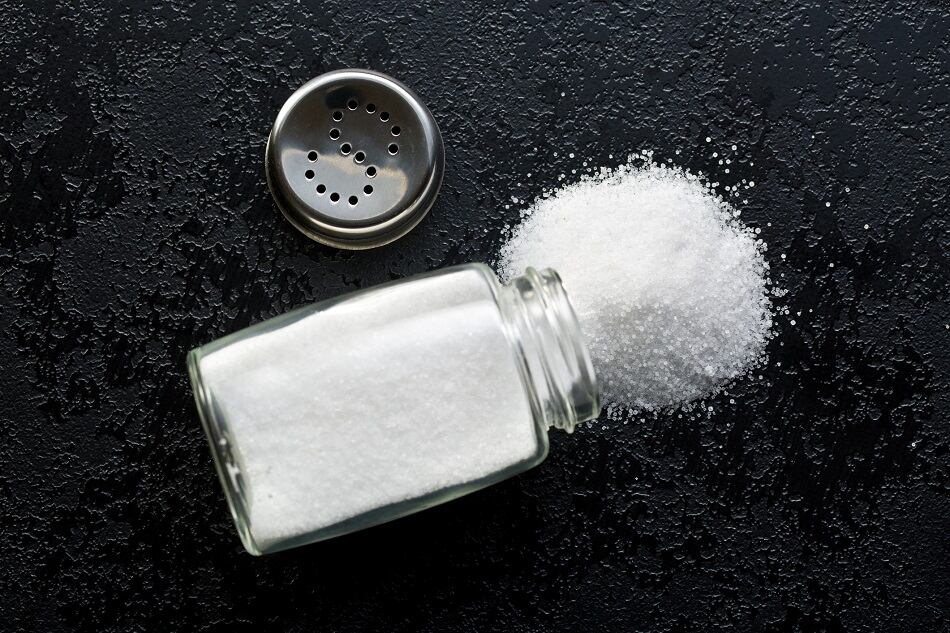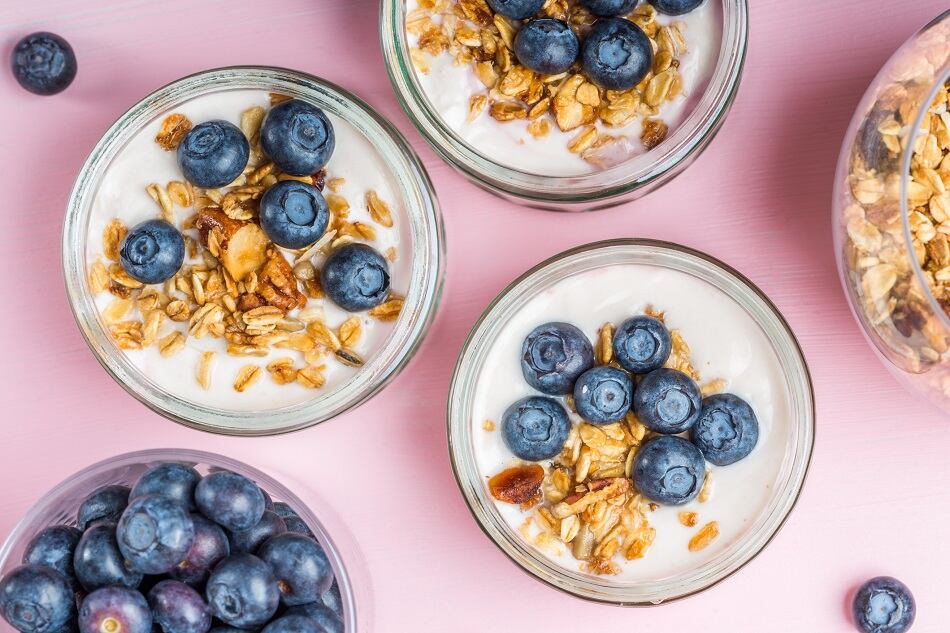The study, published in the journal Nutrients - and funded by Ajinomoto, which manufactures yeast extract, MSG, and umami seasonings - indicates that if glutamate was used as a salt substitution in products such as cured meats, meat-based frozen meals, soups, and crackers [food categories that contain the highest amounts of sodium] most everyone in the US over the age of one would likely benefit from a reduction in sodium.
Americans eat on average about 3,400 mg of sodium per day. However, the Dietary Guidelines for Americans recommend limiting sodium intake to less than 2,300 mg per day.
"A considerable number of studies have demonstrated that various forms of glutamate can help reduce the amount of sodium in specific foods, including soups, prepared dishes, processed meat, and dairy products, by enhancing palatability," wrote researchers. "However, much less is known about how glutamate substitution would affect sodium intakes at the population level across a range of different foods."
Replacing sodium poses technical challenges given its role in palatability and food safety (e.g. preventing bacterial growth and spoilage), but glutamate is a way for food developers to partially replace sodium without sacrificing taste, according to the study.
"Currently, no perfectly viable alternative for replacing sodium exists in the contemporary food marketplace, although several innovations do exist among various product categories. For example, glutamate, a nonessential amino acid, has been used to enhance the taste and palatability of food," researchers noted.
"Glutamates, such as MSG, represent a potential strategy to reduce overall intakes while preserving product palatability... this project aimed to model sodium replacement with glutamates.
"Most of our sodium intake comes from restaurant meals and packaged foods," said Dr. Taylor C. Wallace, an adjunct professor in the Department of Nutrition and Food Studies at George Mason University and lead researcher in the study.
"MSG can be used to reduce sodium in these foods without a taste trade-off. MSG contains about 12% sodium, which is two-thirds less than that contained in table salt, and data shows a 25-40% reduction in sodium is possible in specific product categories when MSG is substituted for some salt. As Americans begin to understand that MSG is completely safe, I think we'll see a shift toward using the ingredient as a replacement for some salt to improve health outcomes."
Small reduction in sodium could have large public health payoff
Researchers used the data set from those enrolled in NHANES (National Health and Nutrition Examination Survey) between 2013-2016, which includes 16,183 subjects aged 1 year and older. They established average sodium consumption and then used a modeling method to estimate sodium reduction using glutamate in food categories containing the most salt (e.g. cured meats, which 18.7% of US adults consume on a given day).
Regardless of age, men had higher sodium intakes than women. Specifically, among adults (≥19 years), men typically consumed approximately 4067 mg sodium/day, whereas women consumed approximately 2956 mg sodium/day. Similar sodium consumption trends emerged among children (1–18 years) where boys had higher mean sodium intakes than girls (3268 versus 2673 mg/day, respectively). Among children, the top three contributors to total sodium intakes are crackers and salty snacks, cured meats, and select cheeses
For the total population, they found that the substitution of glutamate in certain food categories can reduce sodium intake by approximately 3%, and among consumers of at least one product category that is typically higher in sodium (like cured meats), the addition of glutamate could reduce sodium intake by even more (7-8%).
"While reducing the amount of sodium among certain food groups may show modest effects on intakes across the adult population, it may have a large effect on those who consume those types of products," researchers concluded.
What does the FDA say about MSG?
“Over the years, FDA has received reports of symptoms such as headache and nausea after eating foods containing MSG. However, we were never able to confirm that the MSG caused the reported effects.
“These adverse event reports helped trigger FDA to ask the independent scientific group Federation of American Societies for Experimental Biology (FASEB) to examine the safety of MSG in the 1990s. FASEB’s report concluded that MSG is safe.
“The FASEB report identified some short-term, transient, and generally mild symptoms, such as headache, numbness, flushing, tingling, palpitations, and drowsiness that may occur in some sensitive individuals who consume 3 grams or more of MSG without food. However, a typical serving of a food with added MSG contains less than 0.5 grams of MSG. Consuming more than 3 grams of MSG without food at one time is unlikely.” Read more HERE.

Confused about ‘autolyzed’ yeast extract? You’re not alone, say the suppliers behind a new website designed to demystify an ingredient that has made its way – they say unfairly – onto multiple retailers’ unacceptable ingredients lists.
Focus groups conducted by one Savory Taste Alliance member showed that consumers believed autolyzed yeast extracts were “more processed,” “chemical” and “artificial’ than ‘baker’s yeast extracts,' although they are exactly the same thing




